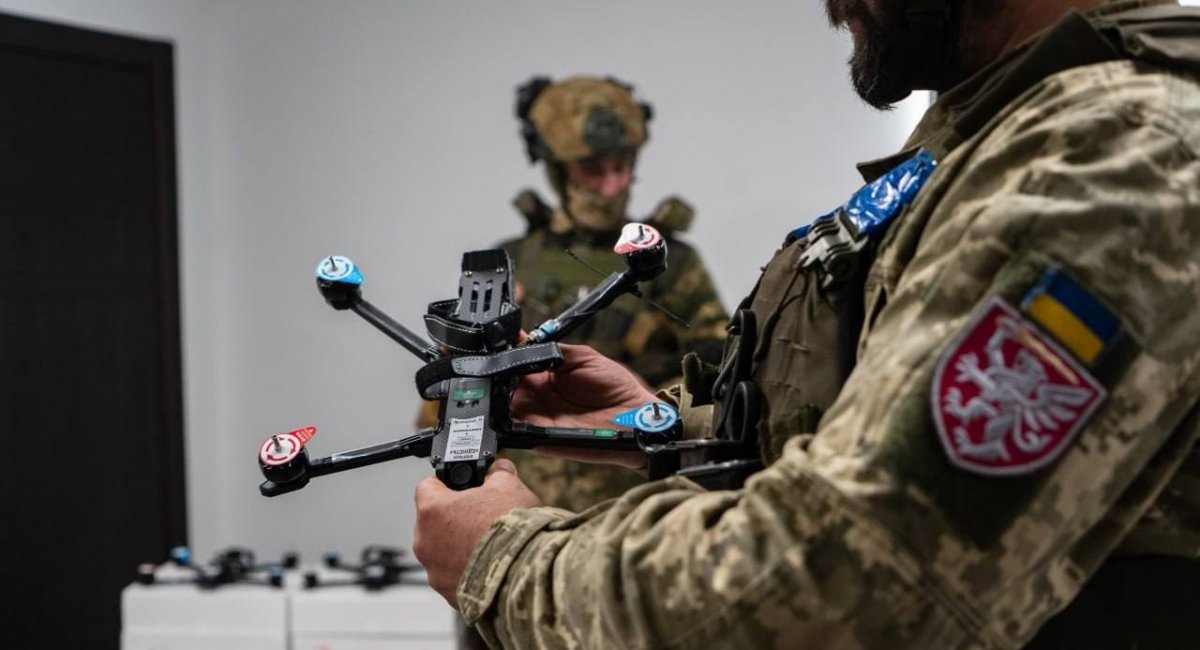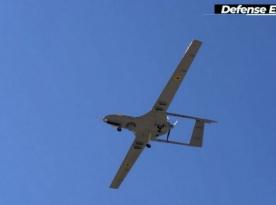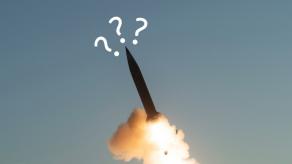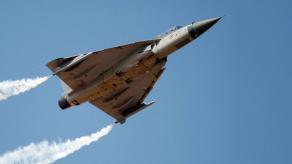Ukrainian forces have started experimenting or even actively using a new method of strikes on russian invasion forces: FPV drones with droppable explosive devices. The tactic was displayed in several videos, posted online by Serhii Prytula, a volunteer and manager of a charity fund raising money to buy drones and other military equipment for the Armed Forces of Ukraine.
In the footage, we can see 10-inch sized First-Person-View aerial vehicles scooting over russian positions, releasing small parachuted grenades.
Read more: 3,500 Drone Operators Trained in russia, Ministry of Defense Claims
Serhii Prytula notes that this video, as well as the one below, are a few months old because publishing them immediately would disclose the tactic. By now, the russian forces are aware of it, so there's no harm in disclosure.
The volunteer notes that the "enhancement of fpv usage has reduced the cost price of destroying russians to the cost of a warhead." The results depicted in the video were possible due to the skill of drone operators and the type of drone with a craft name RUSOFOB 281.
On a note from Defense Express, one might argue that a "grenade drop" as a method of application for UAVs is not particularly new. Indeed, large and small copter drones were seen many times deploying warheads on russian trenches and military vehicles, some explosive devices as small as a remodeled 40mm grenade, some being whole 120mm mortar shells.
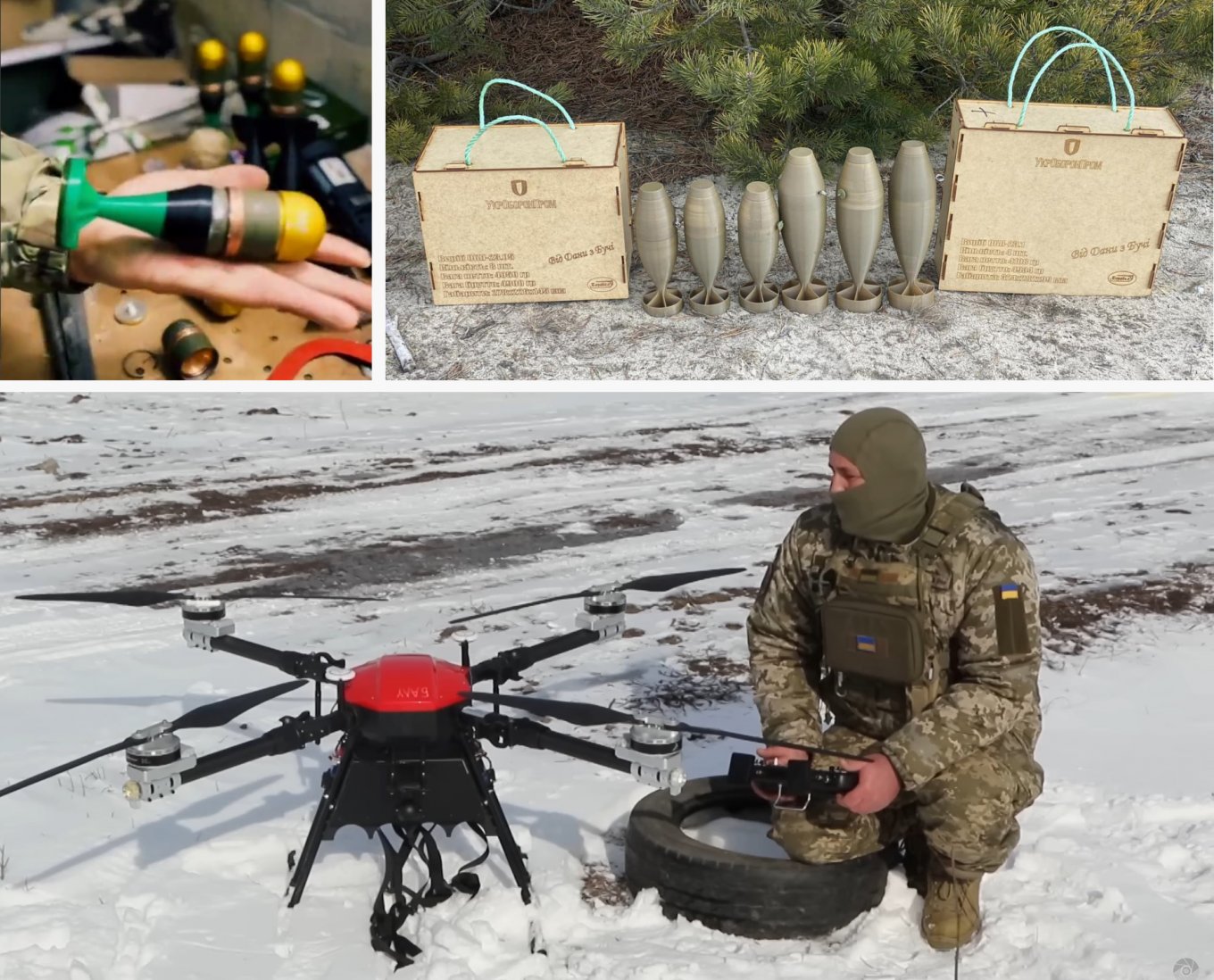
However, all these "grenade droppers" of the previous generation have in common that they need to hover right above the target. Sure, it makes them immobile for a few seconds but ensures a direct hit and allows them to launch strikes from a safer altitude. Here's an example:
The FPVs, on the other hand, perform a speedy maneuver over the target at an extremely close distance. This strike angle has a drawback: it requires unparalleled skill from the pilot. The reward, though, is worth the effort: this makes launching indirect NLOS strikes on low-priority targets very cheap. Basically, it means a transition from one-way suicide vehicles to reusable FPV drones.
The real effectiveness of this method is yet to be proven in battle, though. Prytula mentioned his charity fund would provide another 200 drones of this type to the Ukrainian Defense Forces.
This also does not mean all FPV drones would suddenly become reusable. The conventional kamikaze's still have important applications, so do heavy-lift hexacopters with larger shells, such as launching strikes on moving and armored targets. But introduction of these tactics makes them even more versatile and marks one more step towards evolving FPV drones, a weapon that is still seen as a "toy" in NATO.
Read more: What Weapon Continues to Be Overlooked in the West, Although It Is Effectively Used in Ukraine



